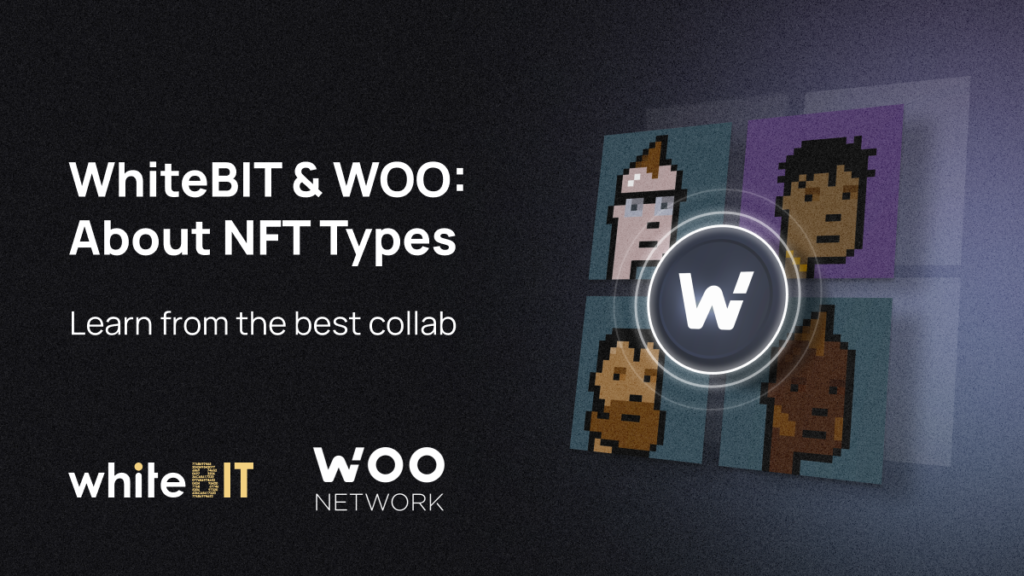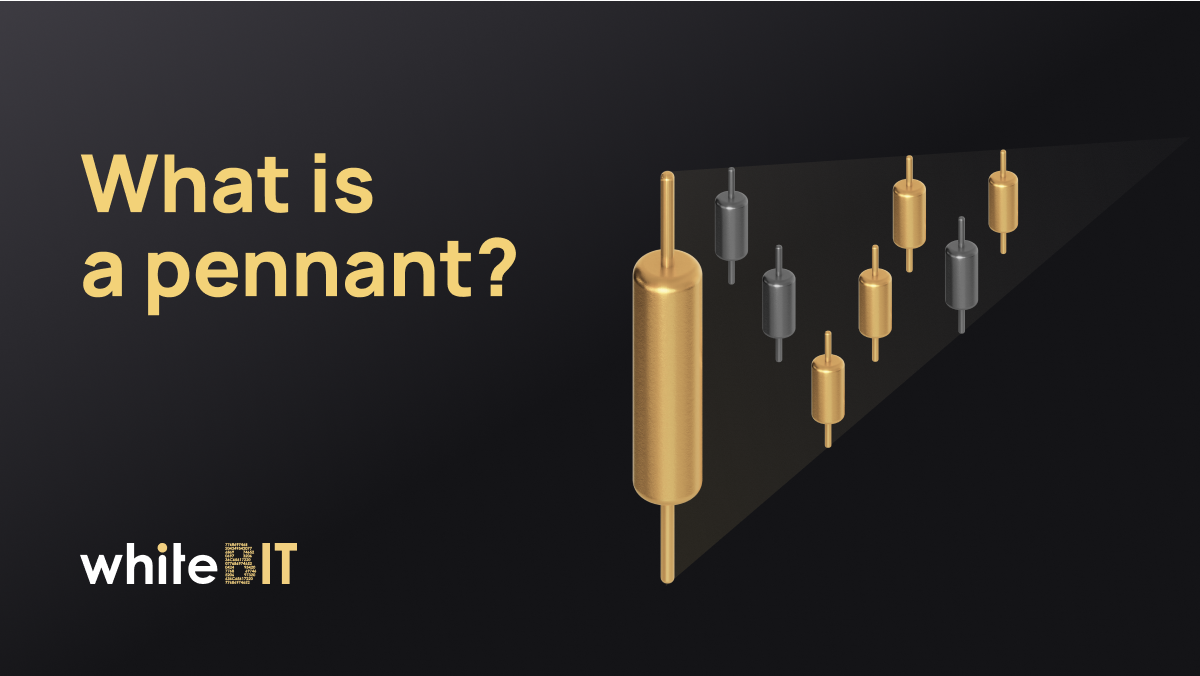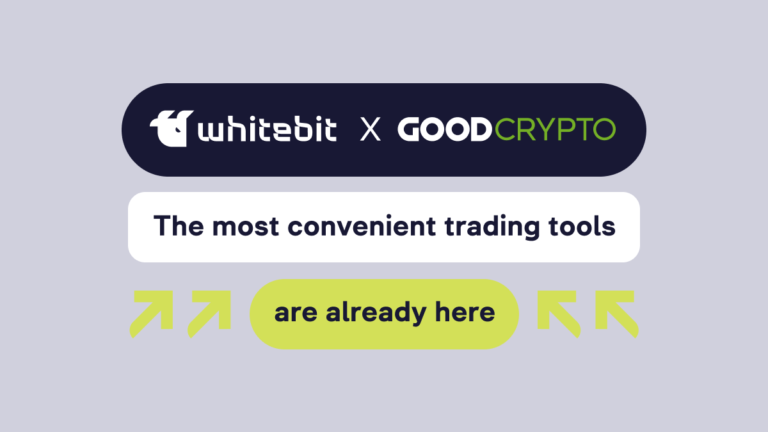Types of NFTs

Content
Once again, WhiteBIT and WOO Network joined forces to share their knowledge about NFTs with users. What kind of beast is this, and what should you know about it? Continue reading to find out!
For those who have been hiding from the news about this type of asset: an NFT (Non-fungible token) is a token that acts as a security for owning some kind of digital “property”, like pictures or music. Each asset is unique and therefore is non-fungible.
You must have noticed a lot of talks about the cost of NFTs and why they are needed at all since you can copy any picture. But investors are not as naive as you might think. Here are some more reasons for it:
- the buyer gets proof of ownership of a unique piece of art or historical thing;
- the buyer can sell the token later at a much higher price;
- potential link to the metaverse.
Let’s look at some of the most expensive and recognizable NFTs of 2022 and try to understand what the secret of their value is:
- Everydays: The First 5000 Days. This artwork by graphic designer Mike Winkelmann, under the pseudonym Beeple, was sold for $69.3 million in 2021. The image contains 5000 works of the author, which he’s created over 13 years, which demonstrates his artistic development.
- Clock. The token represents the number of days spent in prison by Julian Assange, the founder of WikiLeaks. He faces 175 years in prison on charges of espionage.
- HUMAN ONE. The first physical work of art from Beeple, who is obviously loved by the crypto community. This NFT was sold for $28.9 million in the fall of 2021.
- CryptoPunks. At the beginning of 2022, CryptoPunk #5822 was sold for 8000 ETH, which is about 15,109,926.47 USDT today. In total, there are 10,000 uniquely generated pixel characters adored by crypto collectors.
From crypto punks, we move on to the topic of NFT avatars. The most famous NFT avatar is still the sourpuss of Bored Ape Yacht Club (BAYC), with the same number of 10,000 unique faces.
Like other types of NFTs and tokens, avatars serve as the native currency of various services and platforms, often for entertainment. For example, in games, they can be used to create unique items that can be sold further in different metaverses. Such NFTs have already participated in more noble events, like auctions for charitable purposes. However, NFTs are available to everyone, so they can also be used in the gambling industry.
Since we have already touched on the topic of games, let’s talk about the play-to-earn system. Everything is simple here: you complete certain tasks and quests, and the game rewards you with digital currency, which you can use both in-game to buy exclusive items and skins and out-the-game on the exchange. Do you know about in-game stores and how gamers hate them? Now you know. Most often, p2e games require an investment at the entrance to the game to get a character, for example. But these investments pay off in proportion to your activity. Blockchain games are not only a money story, and sometimes they are really able to captivate the player into their fantasy realities. A good example of this is Alien Worlds.
For dessert, let’s discuss NFT in art. Behind any NFT, there is always more than just an image, track, or GIF – it is a new way of distribution for contemporary artists who also need to eat. This is a completely new round of contemporary art, turning the attitude towards digital works, which, let’s be honest, has long been very dismissive. We have already mentioned Mike Winkelmann, aka Beeple, as the clearest example of turning to digitalization. However, you can pay attention to the following artists who create NFTs:
As you can see, there are a lot of exciting peculiarities about NFT. Some people consider them to be a good investment, and some say that they are not going to stick around. What do you think?








